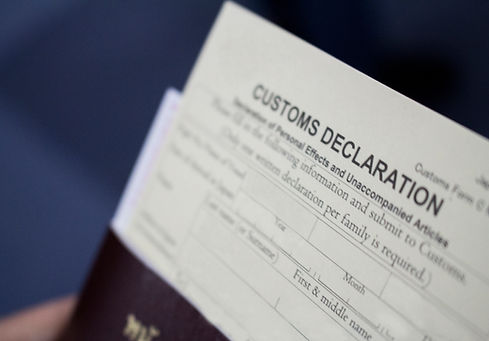Smooth U.S. Import & Export Clearance
At Freight180, we understand that navigating U.S. Customs regulations can be complex and time-consuming. That’s why our Customs Clearance Services are designed to simplify the process, minimize delays, and ensure your shipments move across borders efficiently and in full compliance.


Import & Export Customs Solutions
Import Customs Clearance
Fast and reliable clearance for inbound shipments, ensuring compliance with all U.S. Customs regulations and tariff classifications. We handle duties, taxes, and entry filings to prevent costly delays.
Export Customs Clearance
Efficient clearance for outbound shipments, including preparation of export documentation, EEI filings and coordination with carriers to keep your cargo moving without interruptions.
Customs Documentation
Preparation and submission of key documents such as Commercial Invoices, Packing Lists, Certificates of Origin, and other regulatory paperwork required for clearance.
Tariff Classification
Expert guidance in identifying correct HS codes, duty rates, and preferential trade programs to help reduce costs.
Partner Government Agencies (PGA) Compliance
Assistance with requirements from FDA, USDA, EPA, DOT, and other agencies to avoid penalties and shipment holds.
Customs Bonds & ISF Filings
Support with Importer Security Filings (ISF) and U.S. Customs bonds for smooth clearance of ocean shipments.
Problem Resolution
Hands-on assistance in resolving customs issues, audits, or holds, plus consulting to prepare your business for future shipments.
Our Promise to You ...
-
From documentation to duty management, we handle the full clearance process.
-
Minimize delays at ports and airports with expert filings.
-
Decades of experience with U.S. Customs and international trade compliance.
-
Clearance services combined with our ocean, air, and inland freight solutions for seamless logistics.
-
Personalized service to guide importers and exporters through every step.
